The Mesoamericans did such a good job of creating a plant with large ears that modern cultivators concentrated on improving the productivity of the maize and not changing the corn grain itself. In the 1860s James L. Reid came up with a dent corn variety with improved productivity (more ears per stalk). C. G. Hopkins ca. 1896 and then D. F. Jones ca. in 1918 and 1922 improved production further.
Maize is often planted in a “two-crop” rotation where alfalfa or soybeans are grown, the “tailings” plowed under, and then maize grown at the start of spring. The alfalfa and soybeans take the place of the aboriginal Americans sewing beans along with the corn; these two crops fix nitrogen in the soil which the maize will take up while growing.
Before World War II maize was picked by hand, but shortly after the war the maize combine started seeing widespread use. This machine separates the ear from the stalk based on the difference in diameter of these two parts of the plant.
Starting in 1997 maize became one of the twenty-five genetically modified crops. In the case of maize the plant has been engineered to 1) resist insecticide sprayings and 2) generate a (BT) toxin that is fatal to the corn root worm and a wide variety of other insects.
This last has been very controversial around the world including the United States. Concerns include safety, ecological, and economic concerns. One concern is that the long term effect of BT Toxin on humans is unknown, another is the potential to alter the nearby ecology, and yet another are the legal issues raised by the fact that genetically modified corn is patented and subject to strict intellectual property laws.
As of this writing the United States is the world leader in maize production with 333 million tons, followed by China at 163 million tons, and Brazil at 51 million tons.


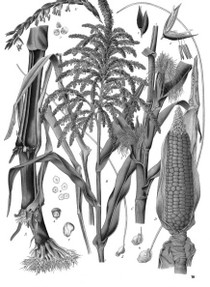 The word “Maize” is another Spanish attempt to pronounce a Mesoamerican word after the
The word “Maize” is another Spanish attempt to pronounce a Mesoamerican word after the 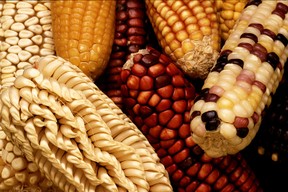 The
The 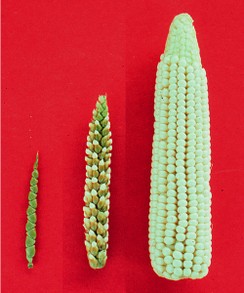
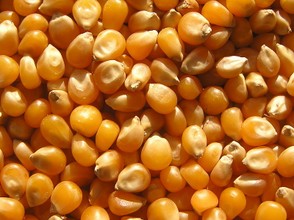
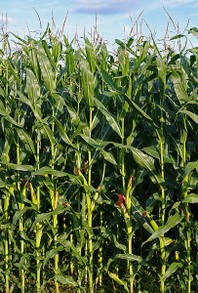
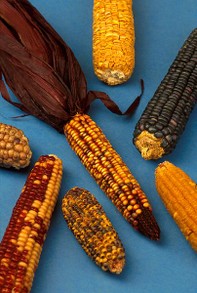



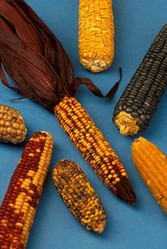

 Crêpes and Crêpe Disheson 09/14/2016
Crêpes and Crêpe Disheson 09/14/2016
 About Me - Liam Beanon 11/28/2014
About Me - Liam Beanon 11/28/2014
 About Ebolaon 11/08/2014
About Ebolaon 11/08/2014

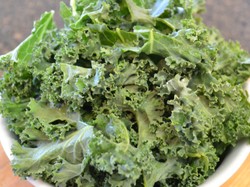
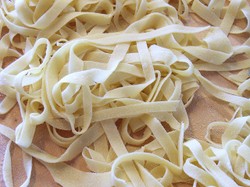
Comments
Thanks ologsinquito
I had no idea so much corn was grown in China. Good article.
Thanks Elias!
Very informative, enjoyed reading it.